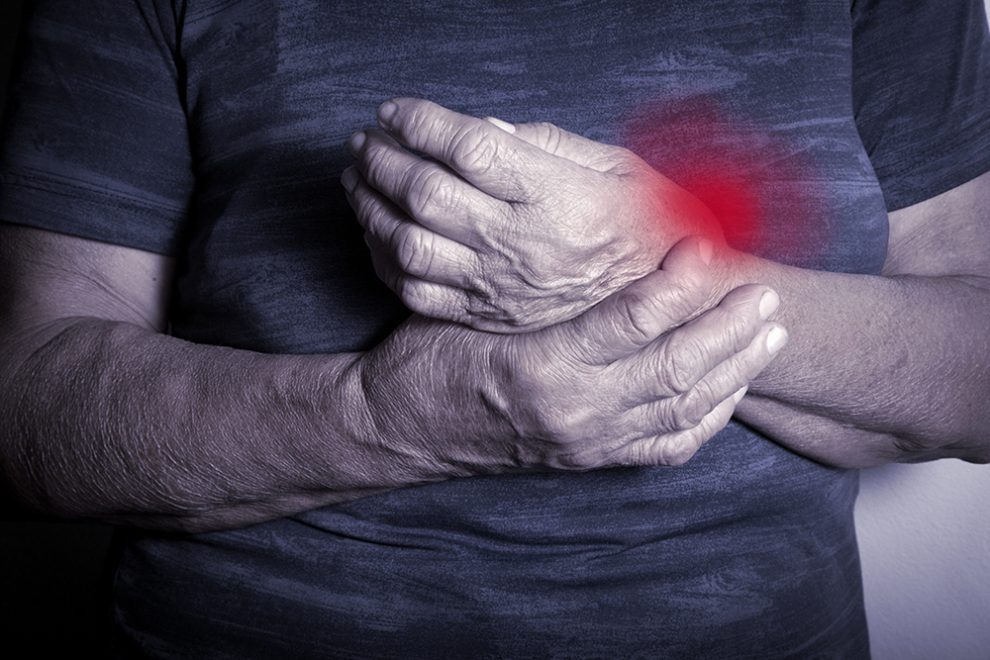With more than two million Australians estimated to have osteoarthritis, NPS MedicineWise reveals its top five tips to help manage and reduce the pain caused by the condition. Interestingly, weight management is an important factor for lessening pain and disability and for every kilogram of body weight lost, there is up to a four kilogram reduction in the load exerted on the knee.
Here are Dr Thistlethwaite’s top five tips to help people with osteoarthritis reduce the impact of this condition on their daily lives.
- Manage your weight
By maintaining a healthy weight, you can help prevent osteoarthritis from getting worse as well as lessen pain and disability. If you are overweight then small amounts of weight loss are shown to be beneficial. You may have noticed that carrying heavy items such as shopping makes your joints more painful – excess body weight has a similar effect. For every kilogram of body weight lost, there is up to a four kilogram reduction in the load exerted on the knee.
- Be active
Many people are nervous that regular exercise might make their condition worse, but in fact exercise has proven to be one of the most effective treatments for arthritis. It can help decrease pain, fatigue and stress, and improve mobility and flexibility of joints. The best forms of exercise are low-impact options such as walking, water activities, Tai Chi, pilates, cycling and dancing. Muscle strengthening exercises are also helpful.
- Try mindfulness activities
Mindfulness activities, such as meditation, have been shown to lessen arthritis pain. Changing your thoughts about pain can change how your body responds to pain. Psychological approaches such as cognitive behaviour therapy (CBT) and hypnotherapy can be useful in improving pain management.
- Balance your life
Careful planning and organisation of activities throughout the day can help you make the most of your energy. Some simple tips include:
- Try to plan your day so that you can switch between periods of activity and periods of rest.
- When you know you have a large task to do, such as preparing a meal or cleaning a room, plan ahead and break the job into smaller tasks. Then work on completing the tasks one at a time, and follow each with a rest break.
- Try to prioritise jobs. Do the hardest jobs when you are feeling your best.
- Protect your joints
Many gadgets and aids can make your daily activities simpler and less tiring if your hands are affected. These aim to protect your joints by reducing the effort you have to put in. Examples include:
- ergonomic knives to make cutting and slicing easier
- adapted cutlery and cooking utensils to allow easy gripping
- equipment to help with opening jars or bottles, and turning on taps.





















Add Comment